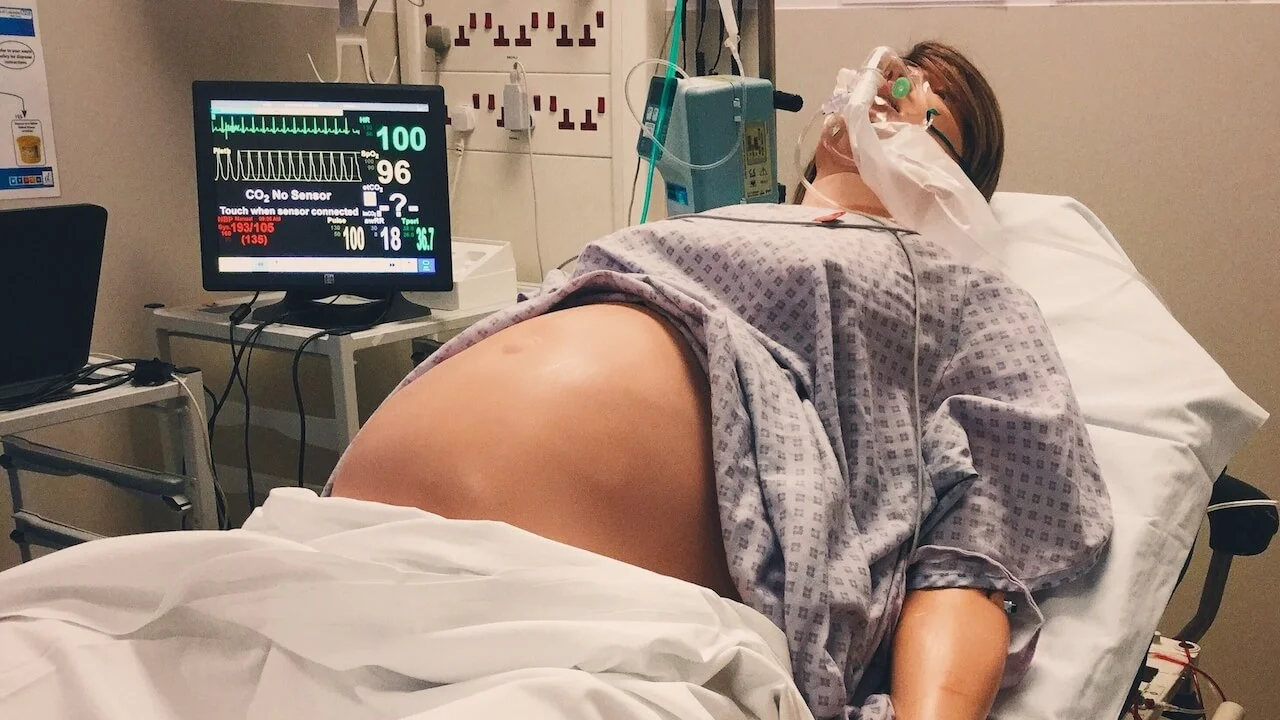Remember, Remember... Burns and Scalds
““Remember remember the fifth of November
Gunpowder, treason and plot.
I see no reason why gunpowder, treason
Should ever be forgot...””
In the UK the 5th of November is marked by fireworks displays and so it is a good time of year to revise burns and scalds. There are several resources available on the internet, however the following will give you a good start.
Definitions/Depth of Burns
(click to enlarge)
Epidermal burn – skin erythema, intact skin, e.g. sunburn. Should not be calculated in the extent of the burned surface area.
Superficial partial thickness burn – involve epidermis and part of the papillary dermis. Is part of the % burned area. Should be left to heal by itself.
Deep partial thickness burn – involve epidermis, the entire papillary dermis down to reticular dermis. Is part of the % burned area. Should not be left to heal by itself, but instead be submitted to surgery.
Full thickness burn – involve the entire thickness of the skin and possibly subcutaneous tissue. Is part of the % burned area. No healing capacity and as such should always be submitted to surgery.
Full thickness burn+ – involve the entire skin and sub lying structures such as muscle or bone.
Burn Surface Area (BSA%)
Example of a Lund and Browder Chart
This should be calculated as a percentage and only include superficial partial thickness burns or deeper. Accurate assessment will have a role in fluid management, referral criteria and prognosis. Ideally a Lund-Browder chart should be used, the alternative is the rule of 9's or using the patients palm size.
A Best Bet looking at several different methods concluded "The Lund and Browder chart allows more consistent estimates of percentage surface area from drawings of burns than the Rule of Nines. No evidence was found of a benefit of one form of estimation over another in clinical practice."
Your department should have printed versions of the chart available as they also make an excellent way to document the extent of the injury in your notes.
“4ml x BSA% X Weight (Kg)”
Fluids
The Parkland formula provides the current fluid management for the first 24 hours post injury and should be considered in:
Adults with BSA% >15%
Children with BSA% >10%
Elderly (>65 yrs) with BSA% > 10%
However for some further thoughts on fluids in burns this Podcast from SMACC 2014 is worth listening to.
Referral to a Burns Centre
Significant burns will require specialist management and the following should be referred to your Burns Centre: All burns ≥2% TBSA in children or ≥3% in adults:
All full thickness burns
All circumferential burns
Any burn not healed in 2 weeks
Any burn with suspicion of non-accidental injury should be referred to a Burn Unit/Centre for expert assessment within 24 hours.
In addition, the following factors should prompt a discussion with a Consultant in a specialised burn care service and consideration given to referral:
All burns to hands, feet, face, perineum or genitalia
Any chemical, electrical or friction burn
Any cold injury
Any unwell/febrile child with a burn
Any concerns regarding burn injuries and co-morbidities that may affect treatment or healing of the burn.
Special Considerations
Airway Burns or inhalation injuries: as oedema develops there can be significant swelling and airway management can be extremely challenging - anaesthetics/ ENT should be involved and early intubation considered.
Circumferential burns: particularly around the chest as they can restrict movement and therefore ventilation, or around limbs as they can affect perfusion. Escharotomy may be required and limbs should be elevated.
Exam Material?
As a topic, burns lend themselves quite well to SAQ style exams and therefore are fair game for Part B.
Try the following:
- Describe the characteristics of a deep dermal burn (2 marks)
- Give the percentage areas associated with any two anatomical areas as part of the rule of nines (2 marks)
- A 100kg male has sustained 155 burns, details his fluid requirement for the first 24 hours (3 marks)
- Give any 6 criteria for referal to a burns centre (3 marks)
Further Learning
We have summarised some of the key information but if you want more reading try the following:
Life in the Fast Lane have an excellent entry on burns
This AAGBI Tutorial of the Week covers Paediatric Burns
This RCEMLearning Module covers eye injuries including corneal burns.
The British Burns Association run a course on the Emergency Management of Severe Burns
This Australian poster summarises some key points in the management of severe burns, but some of the criteria differ from those used in the UK.







